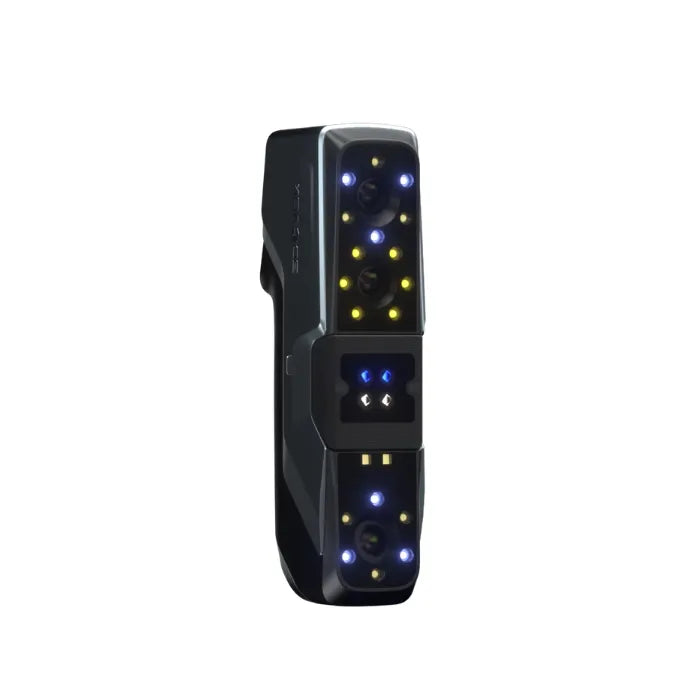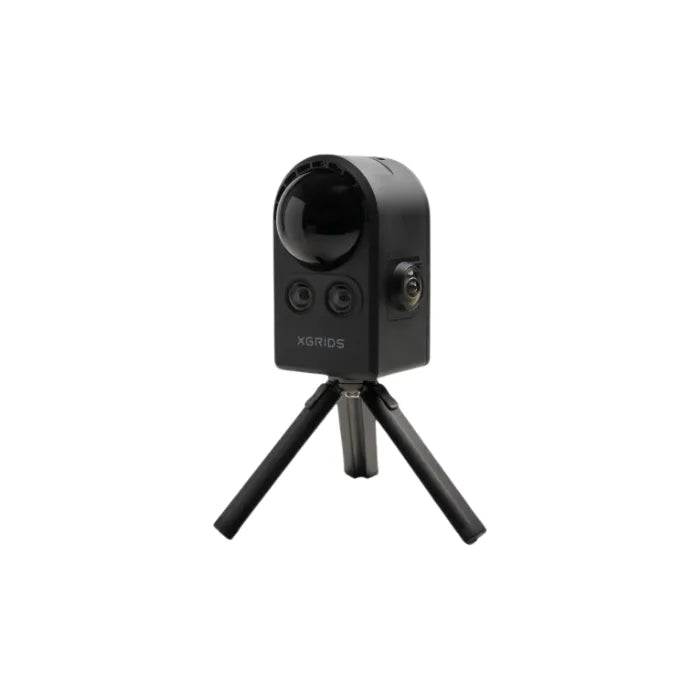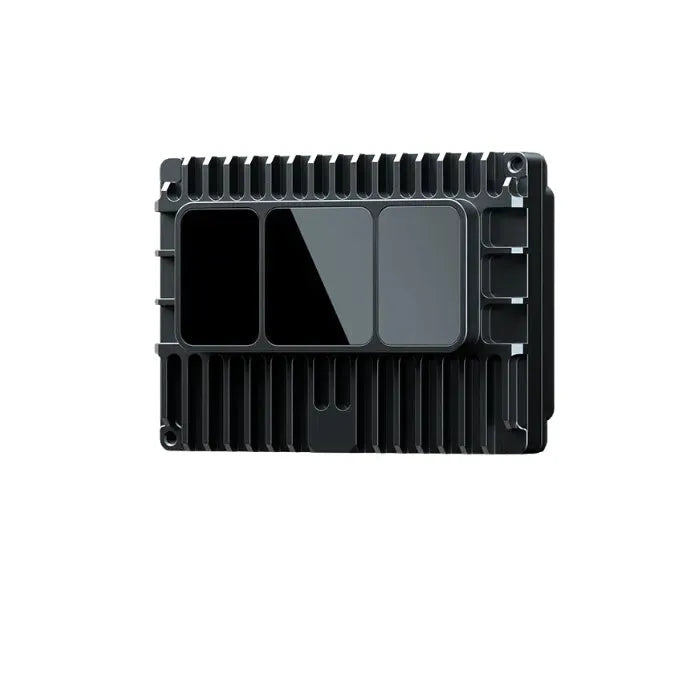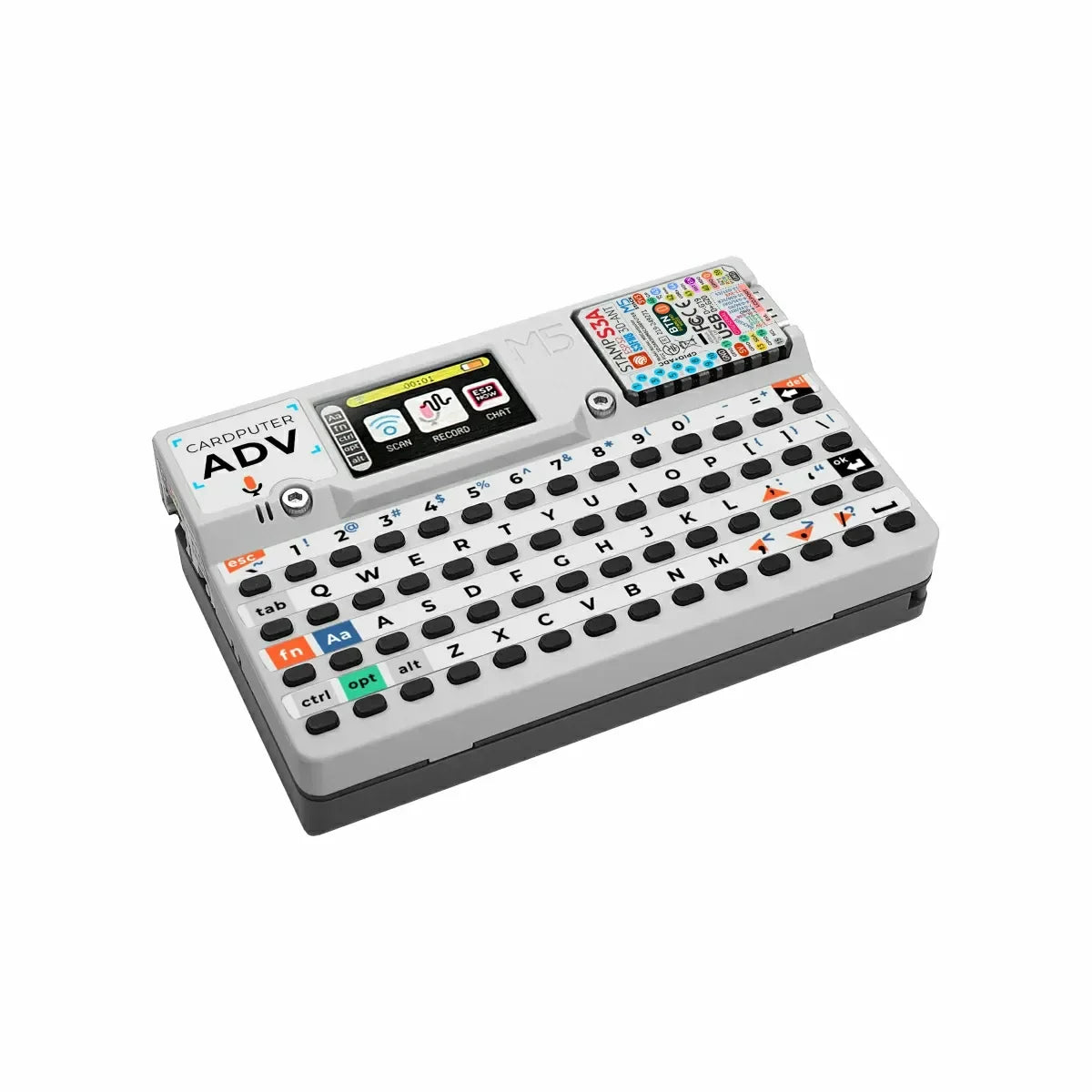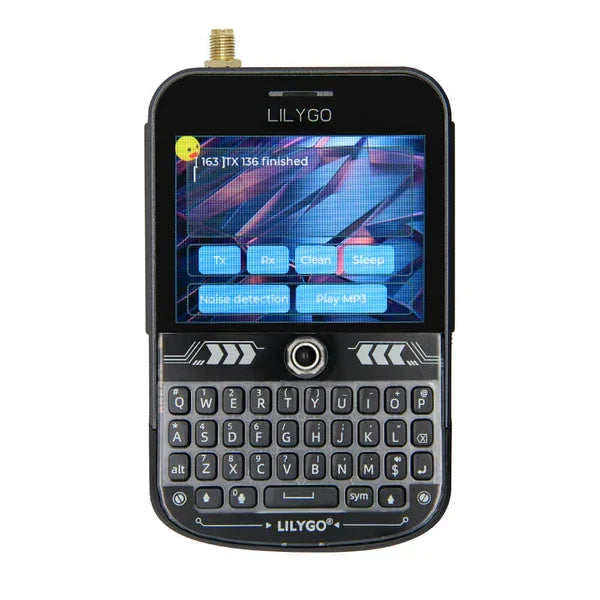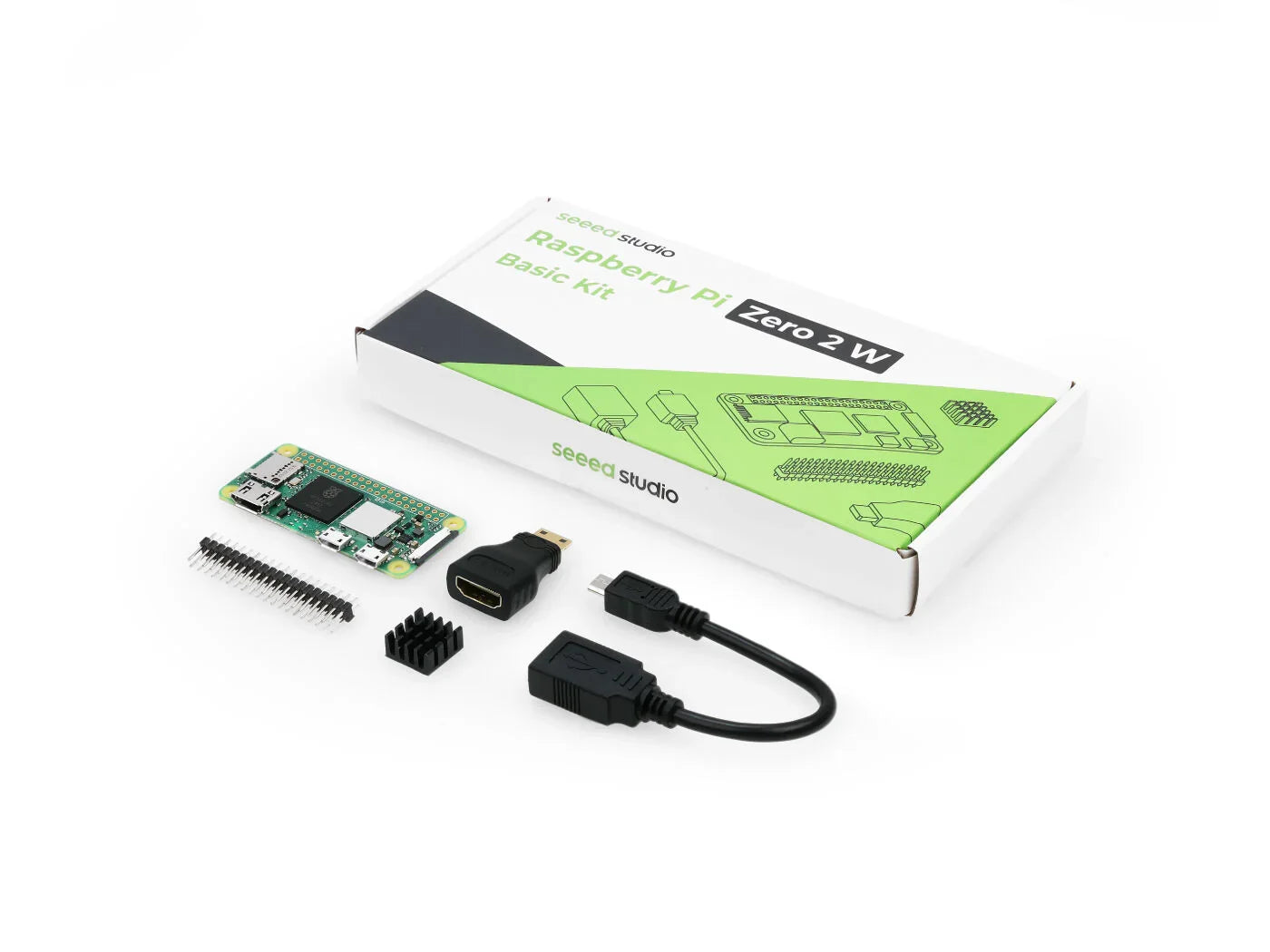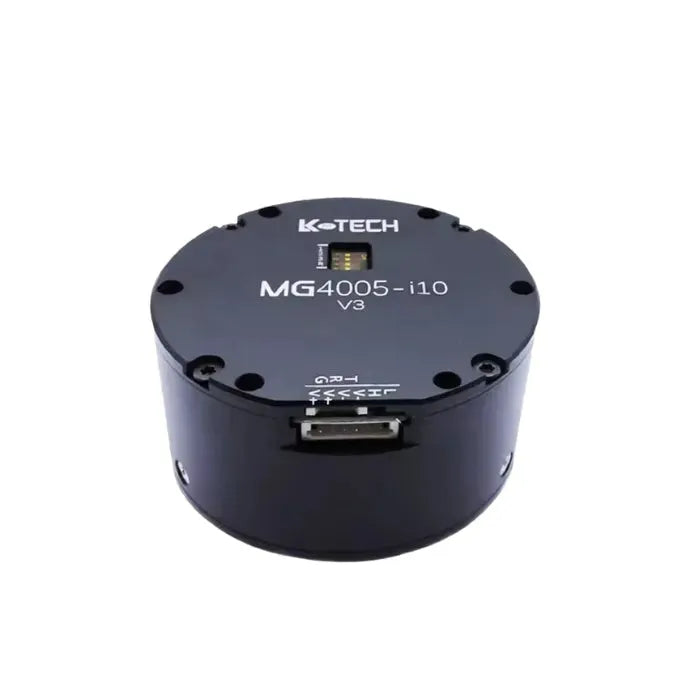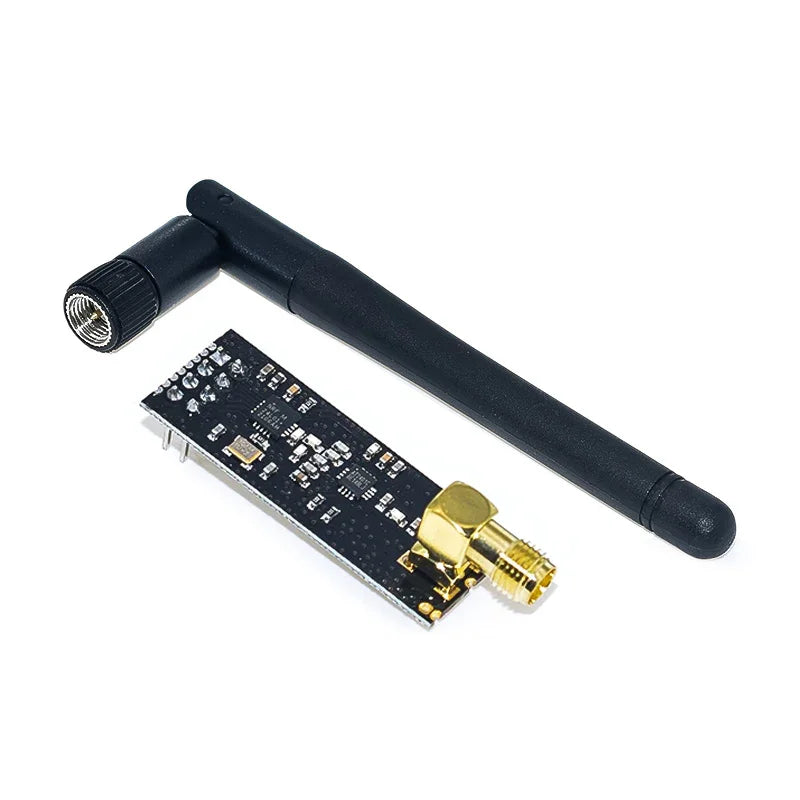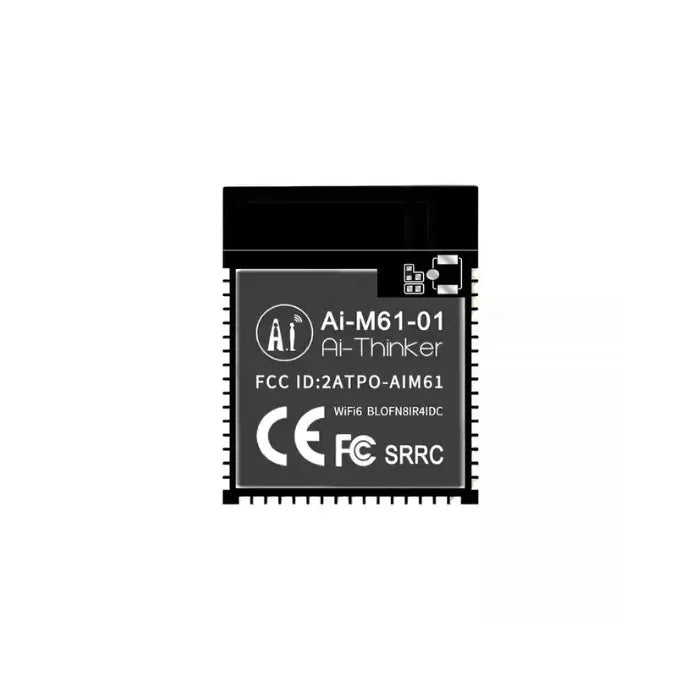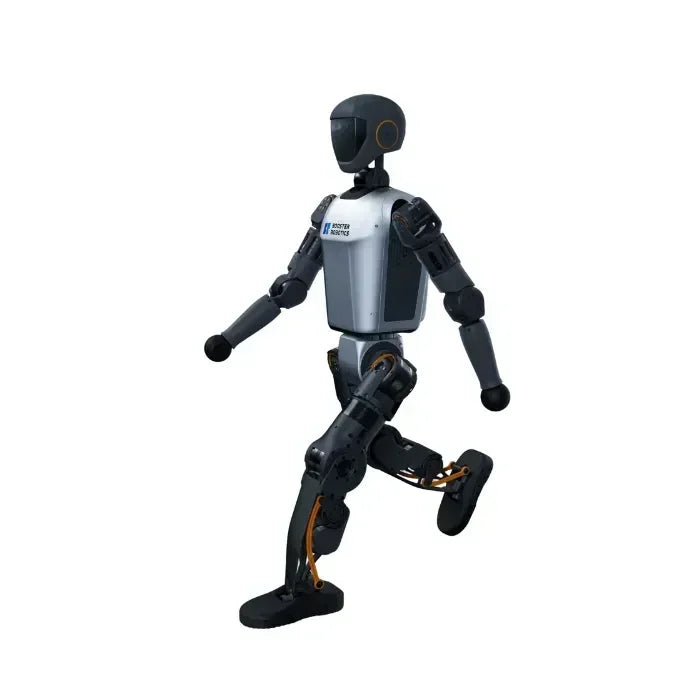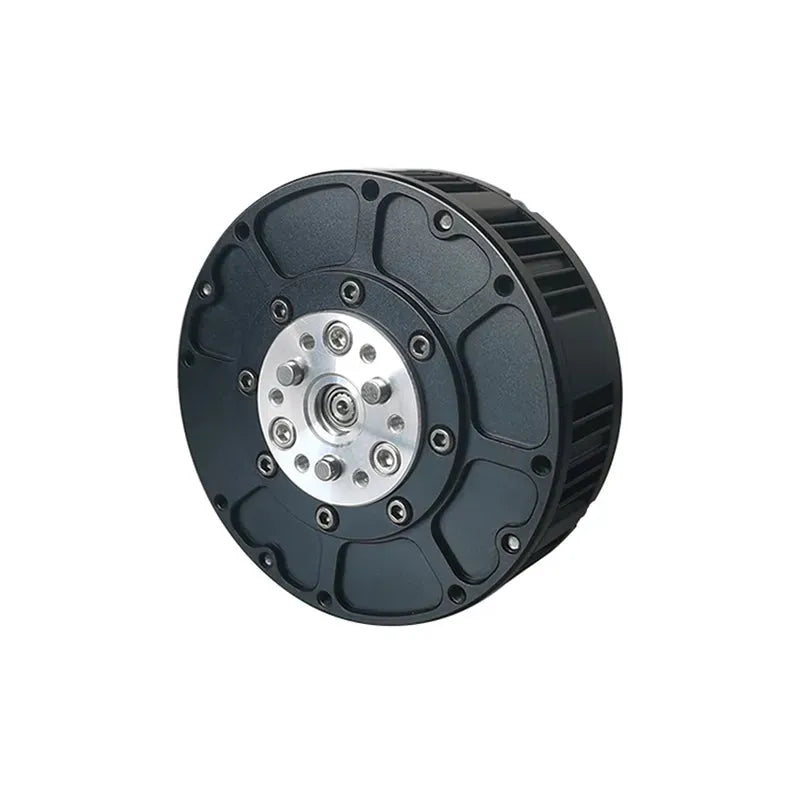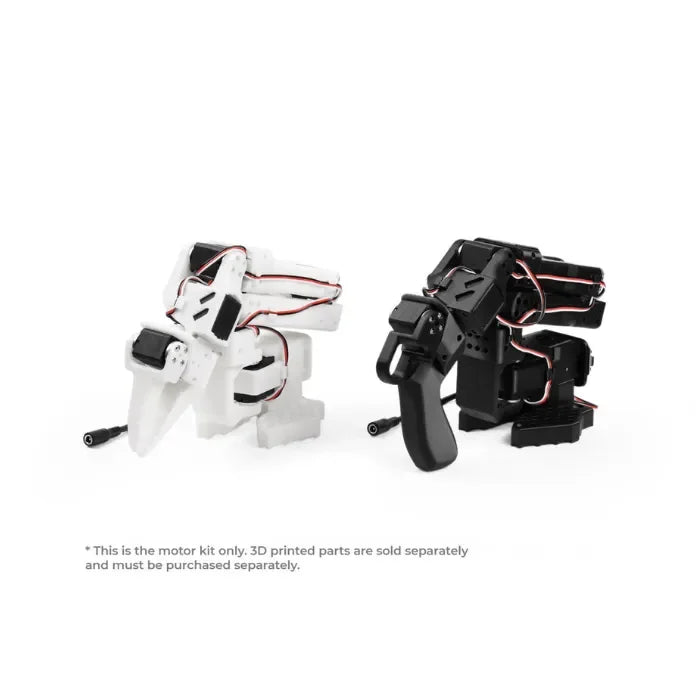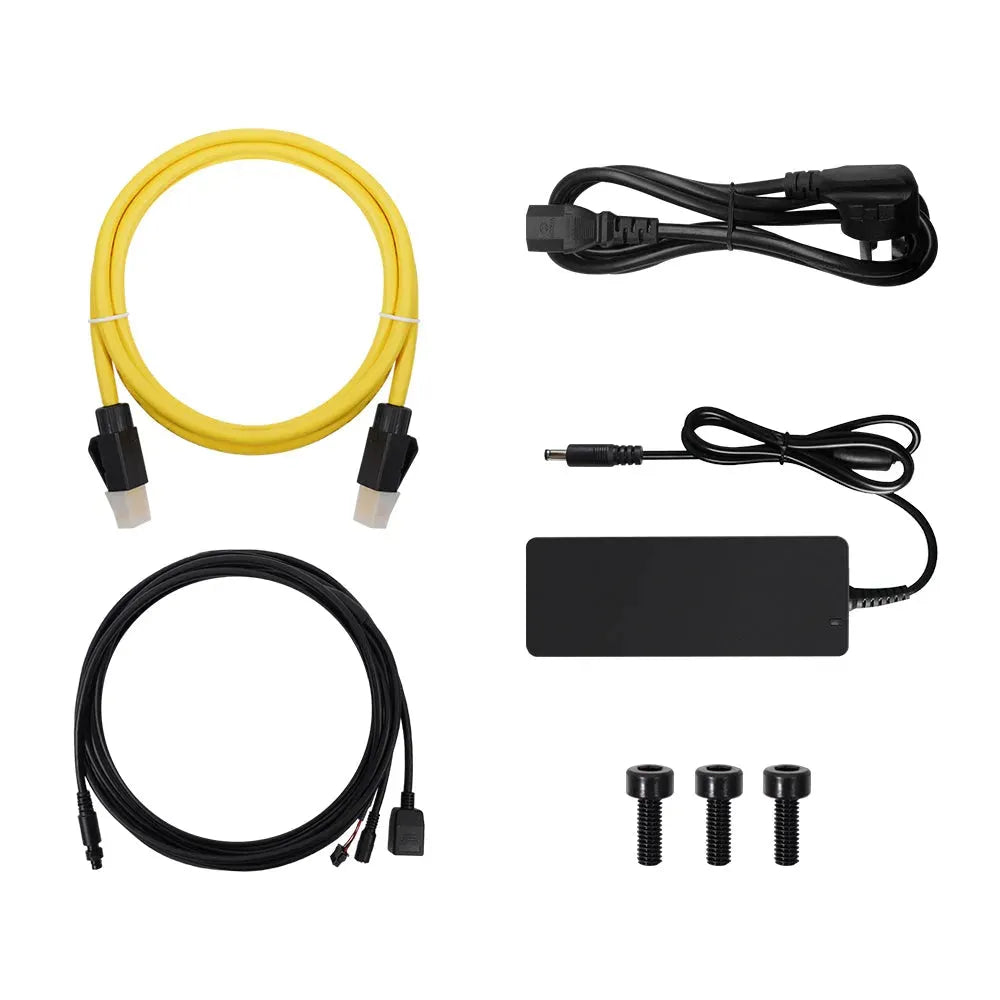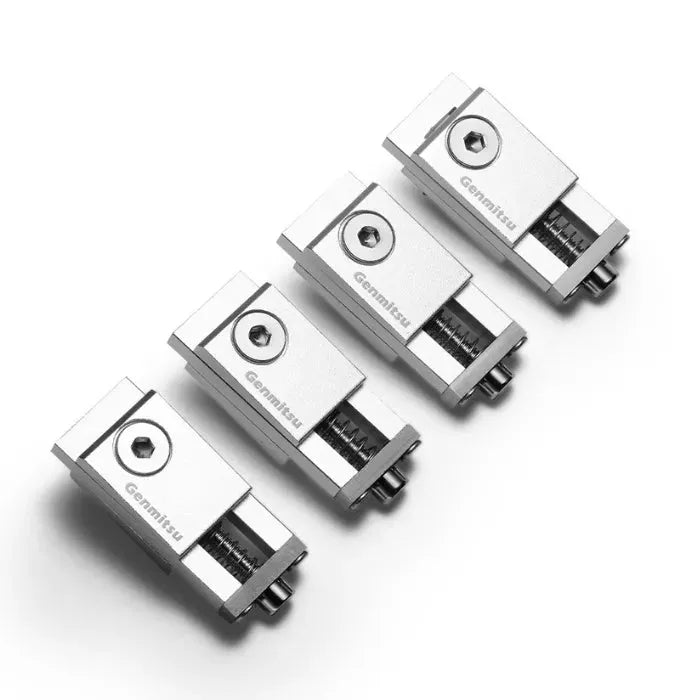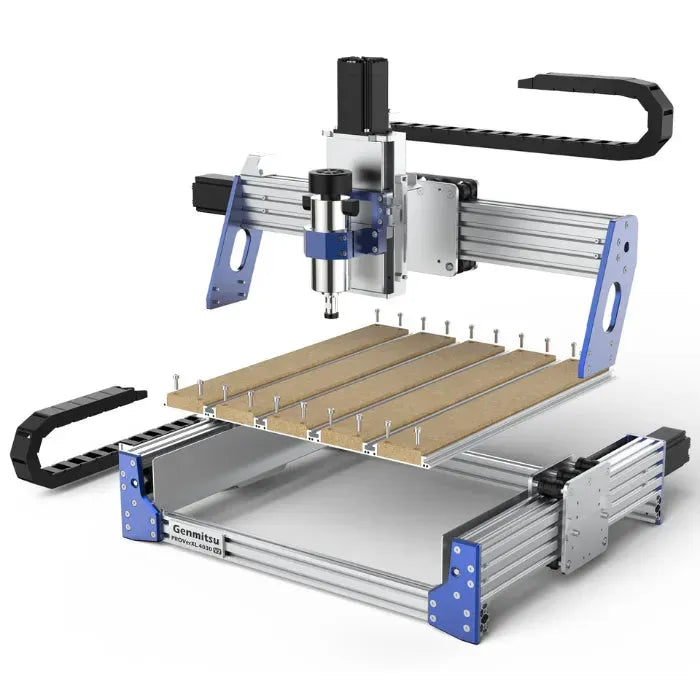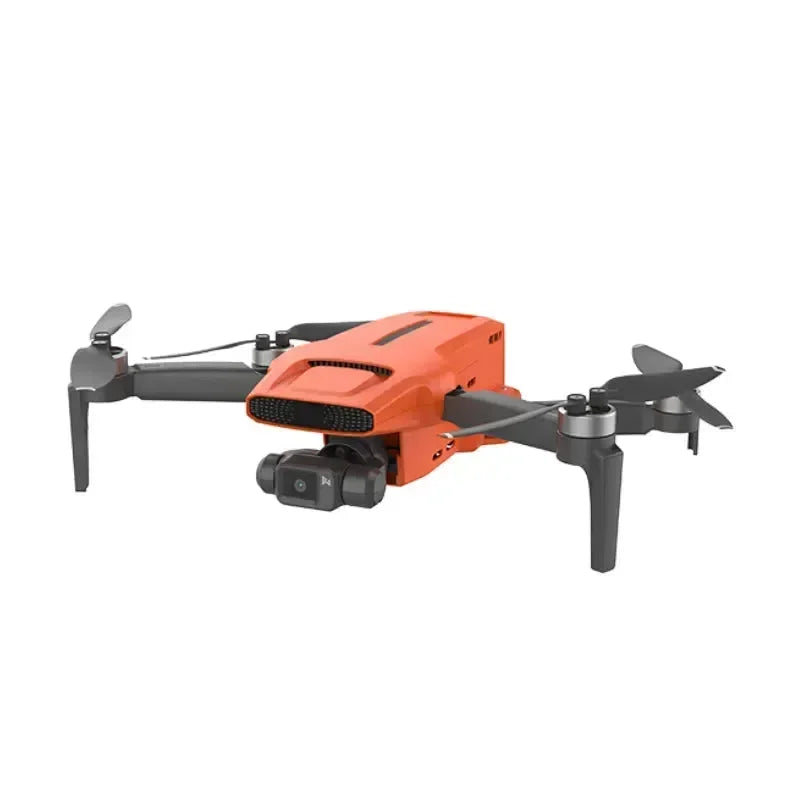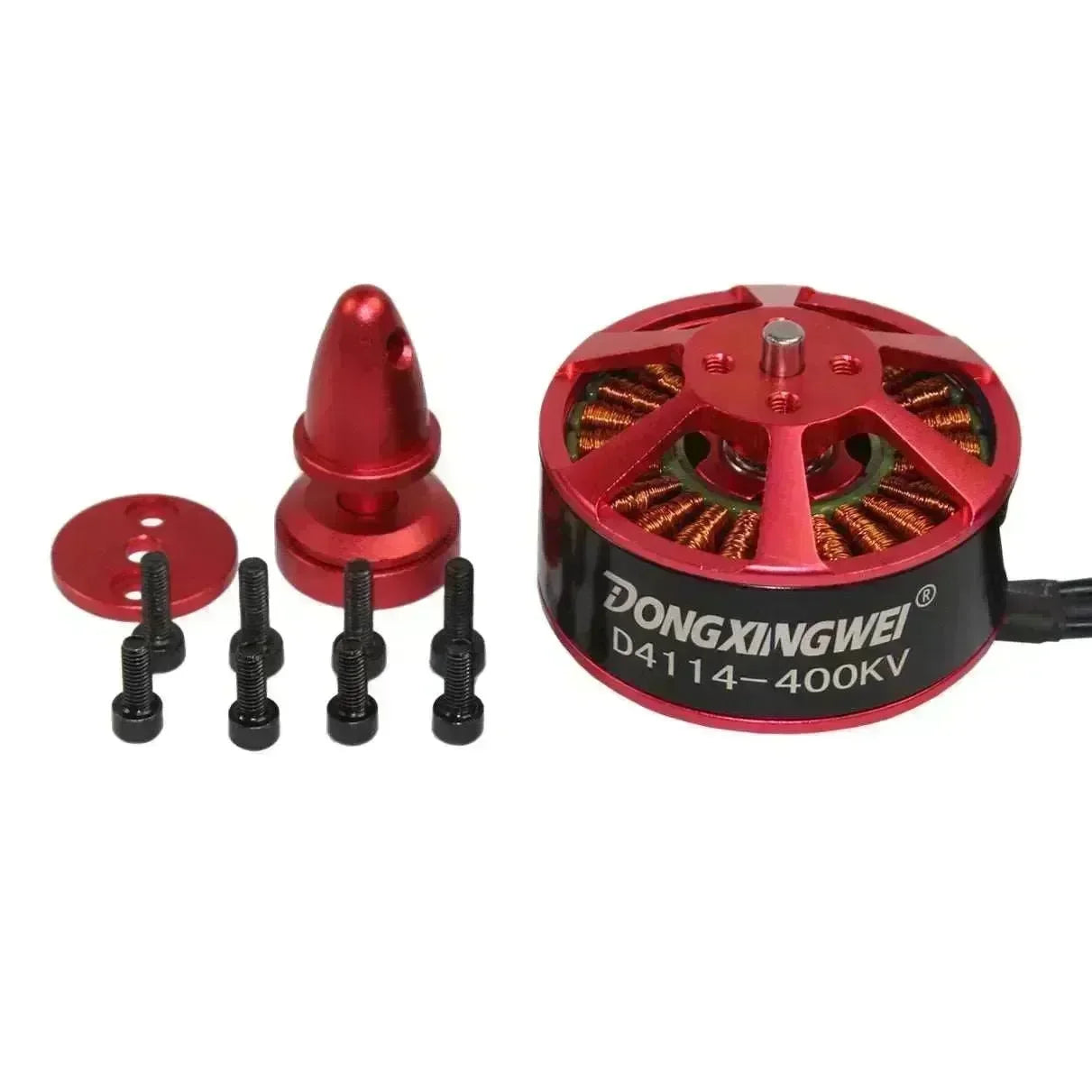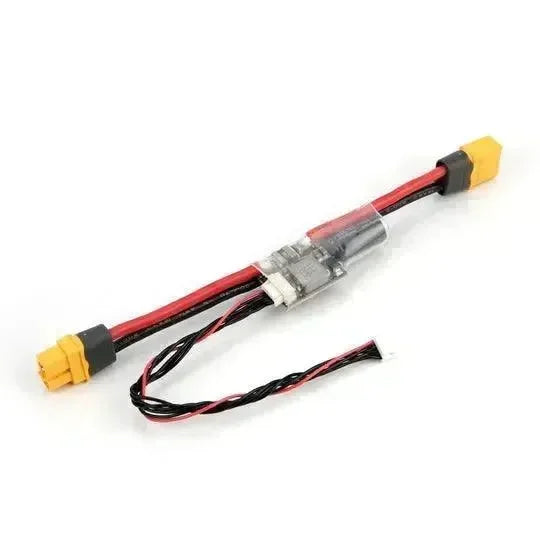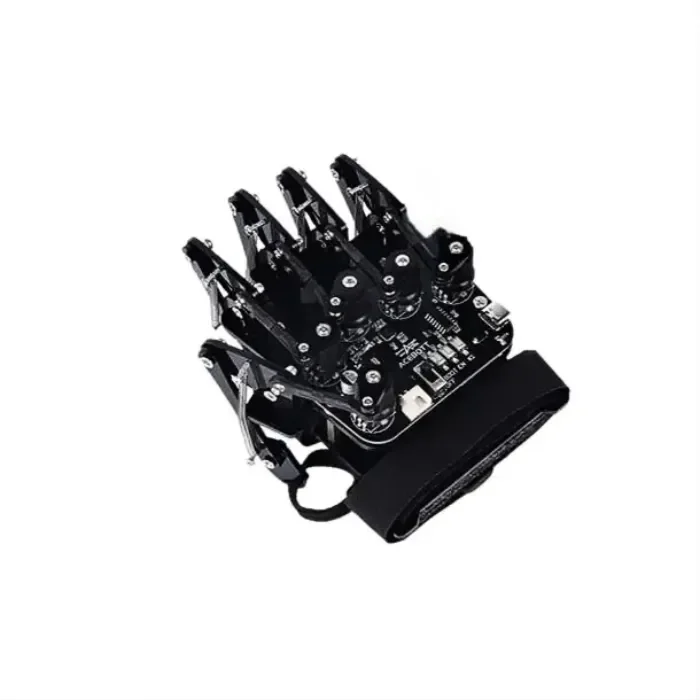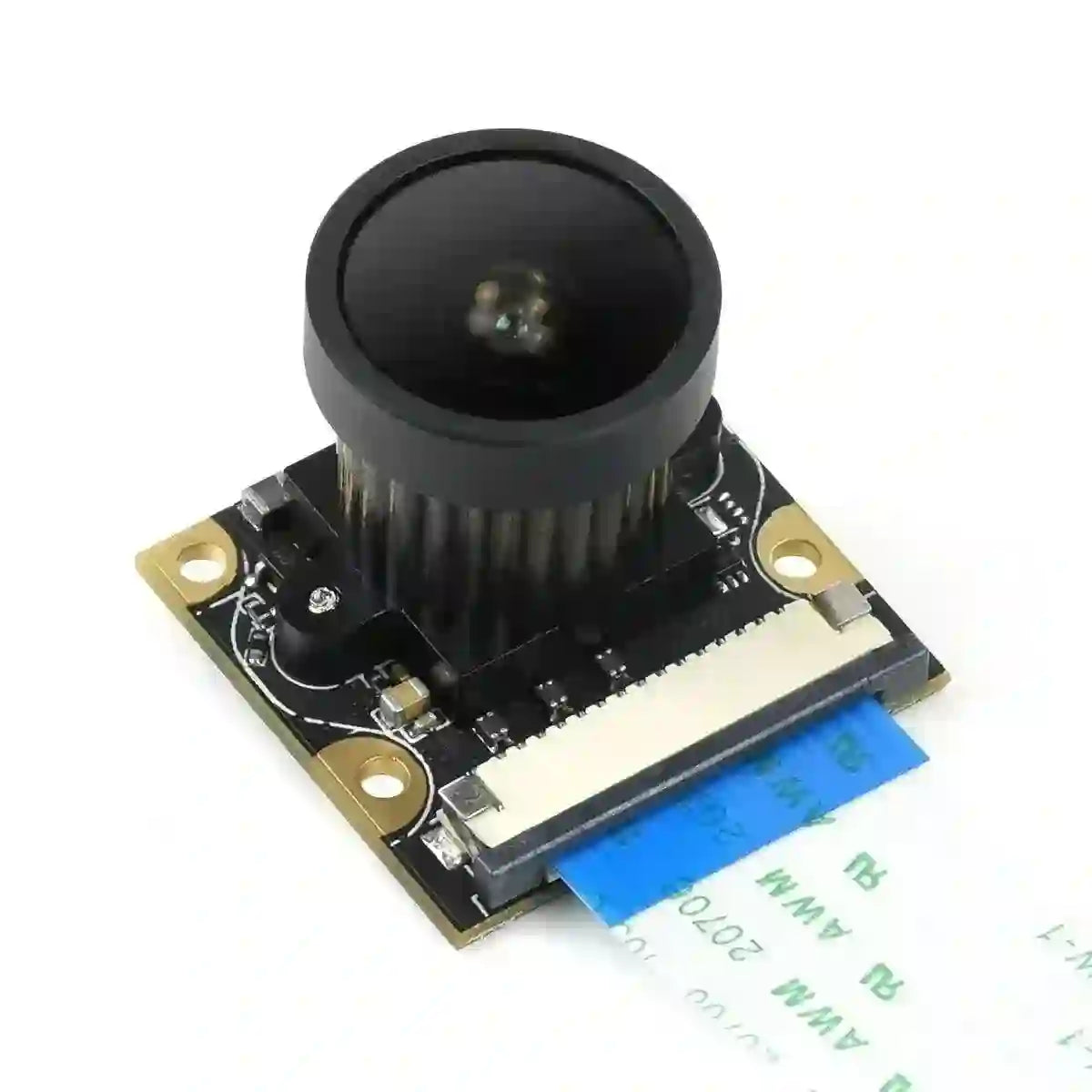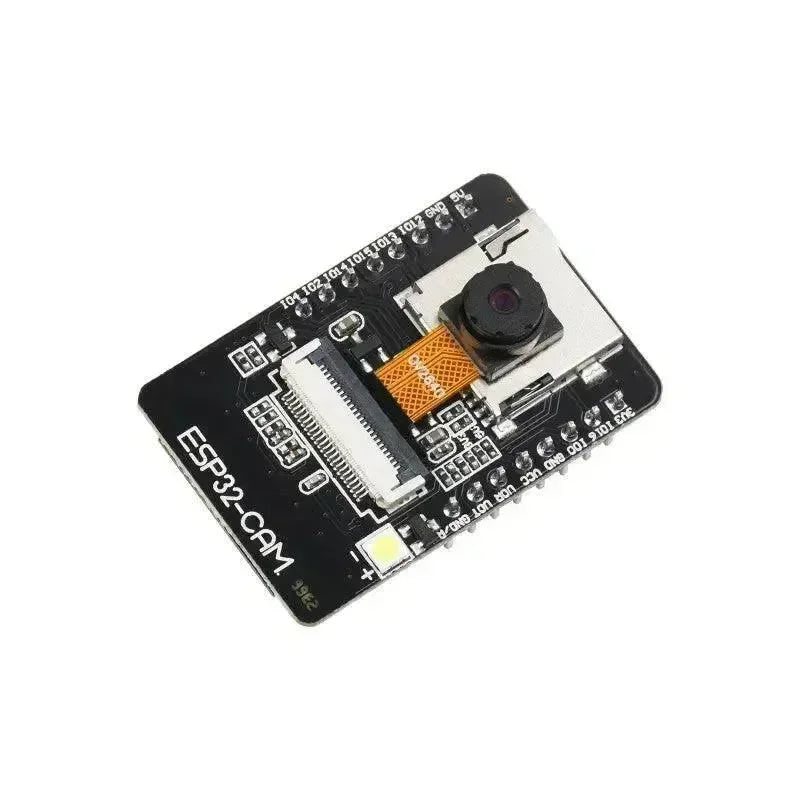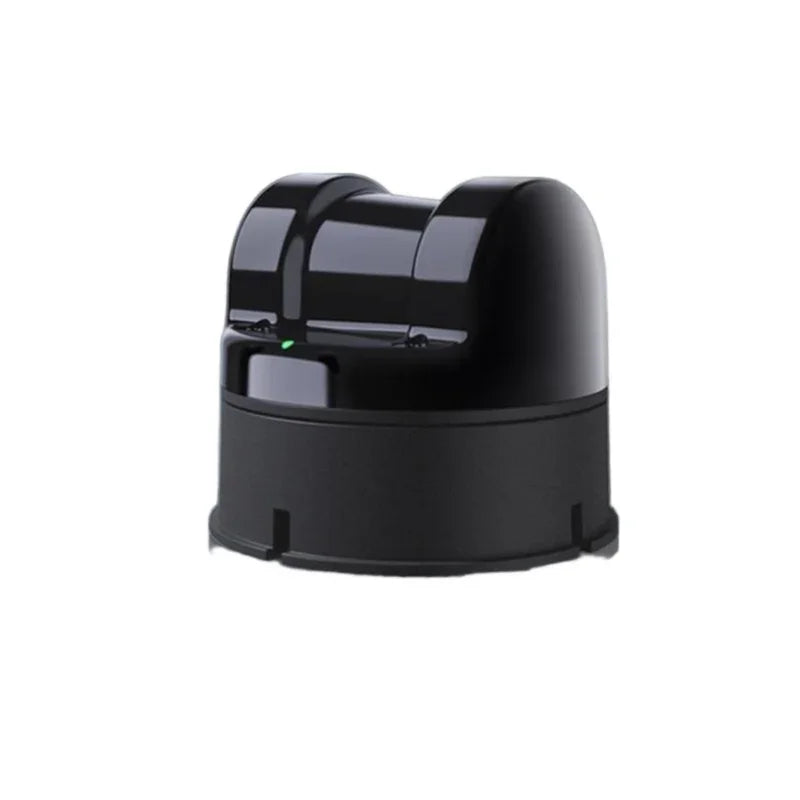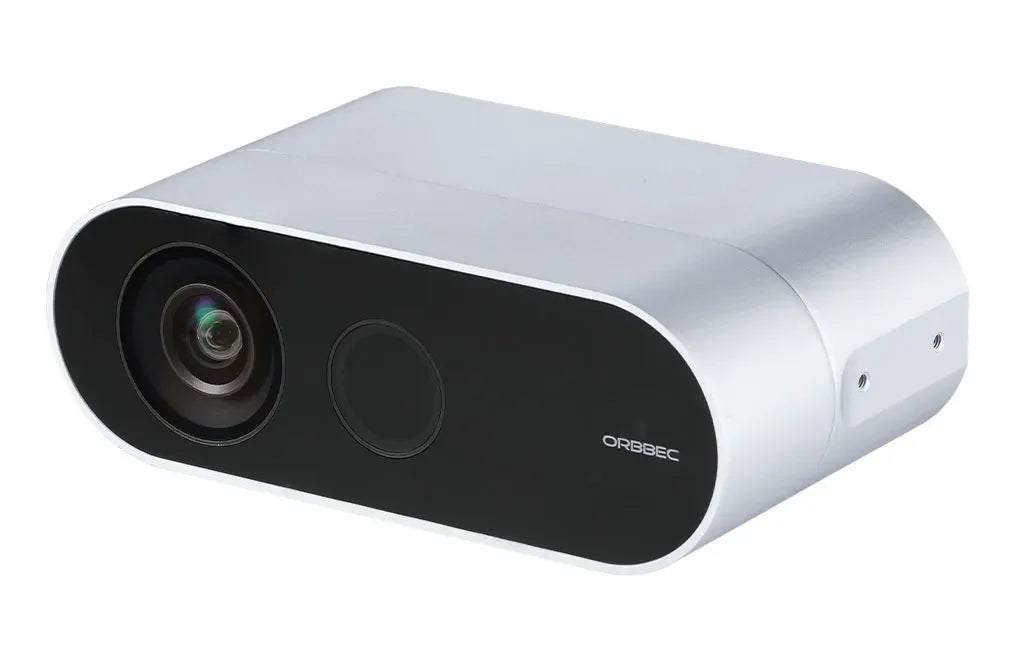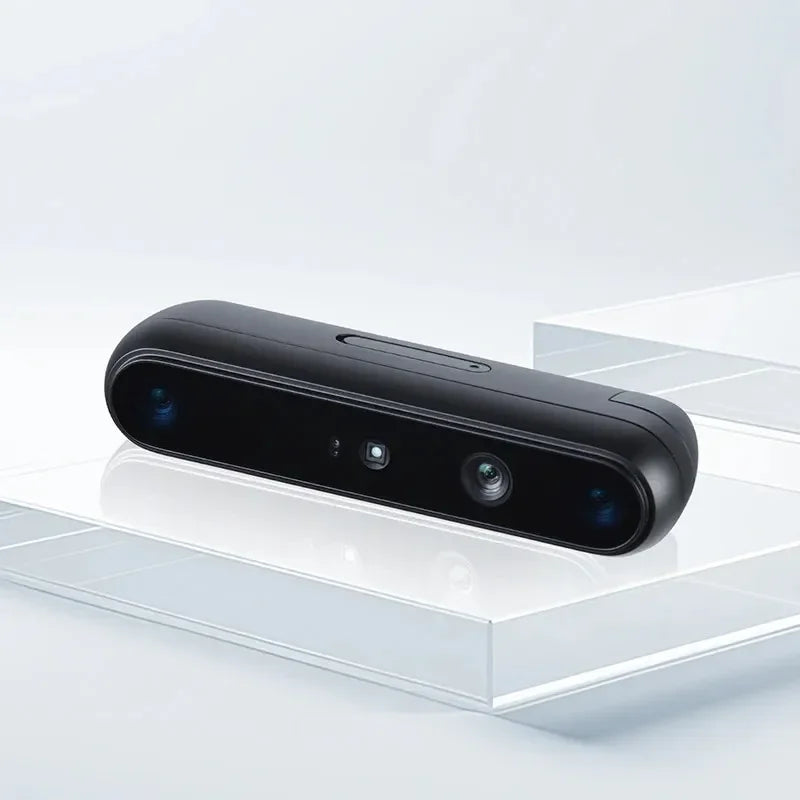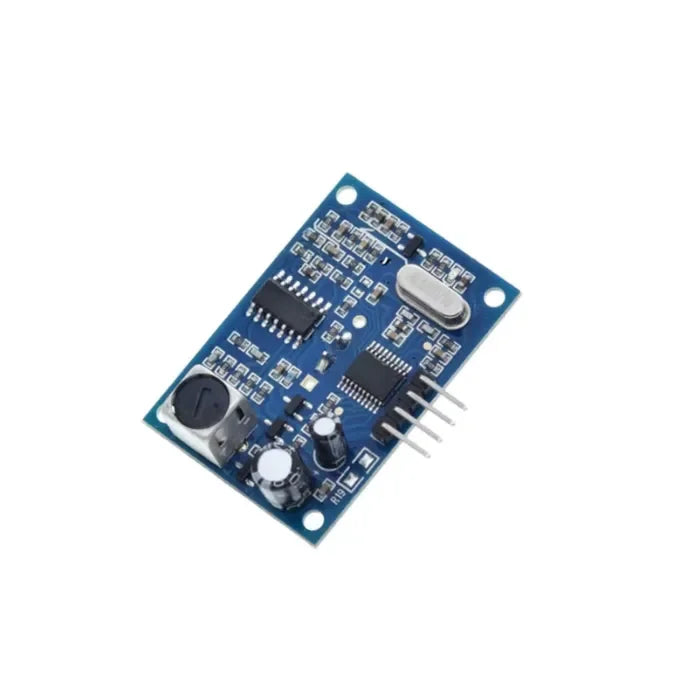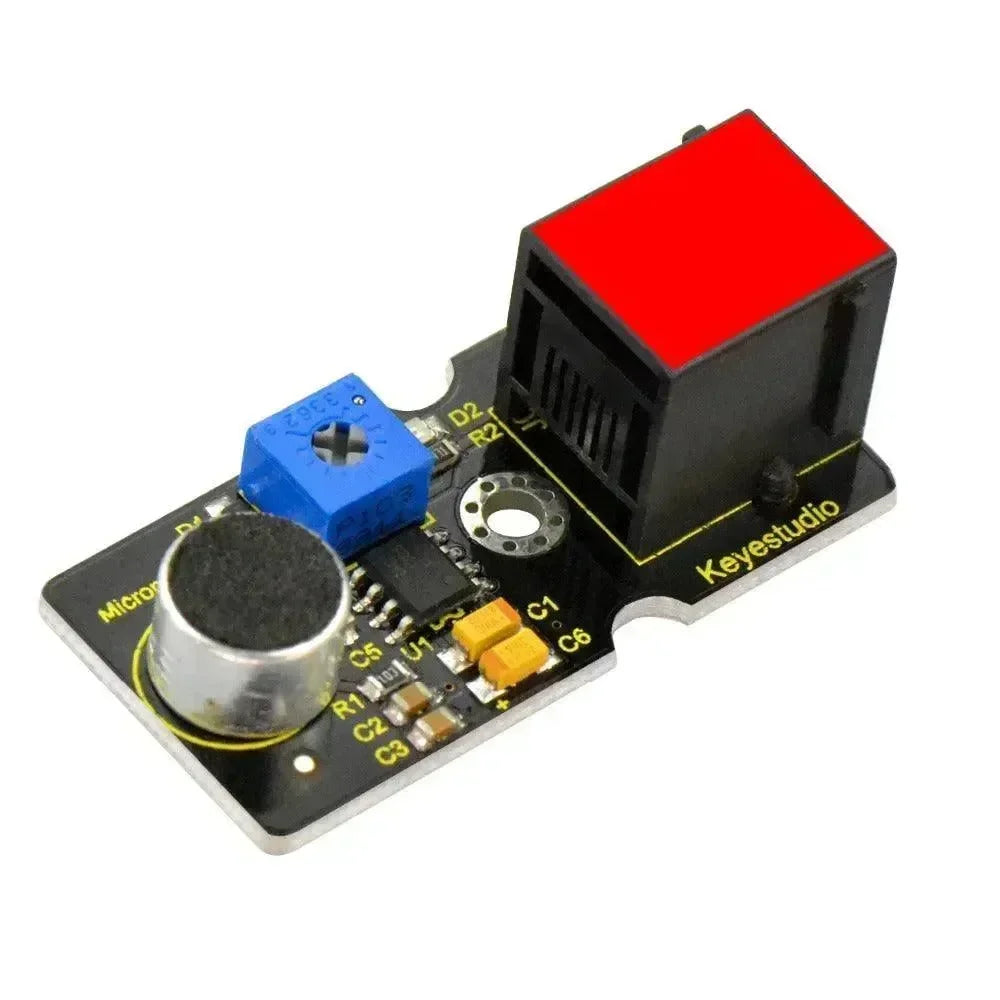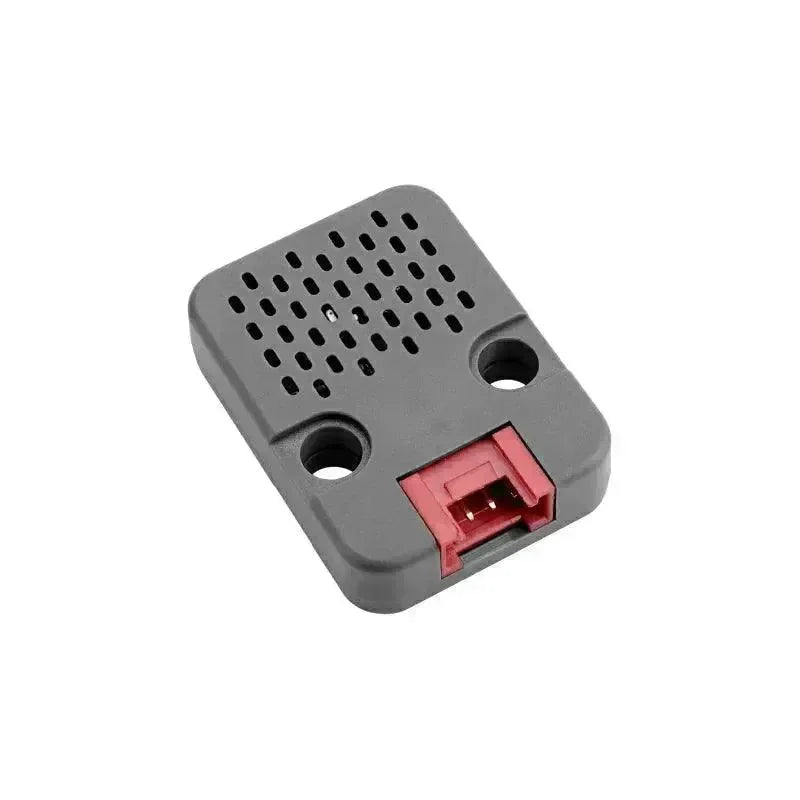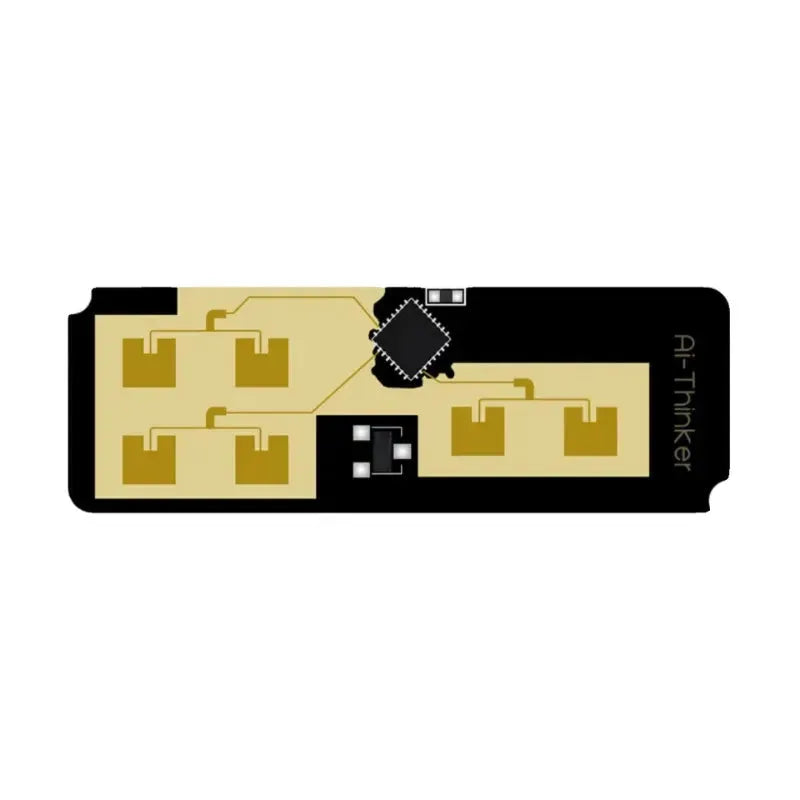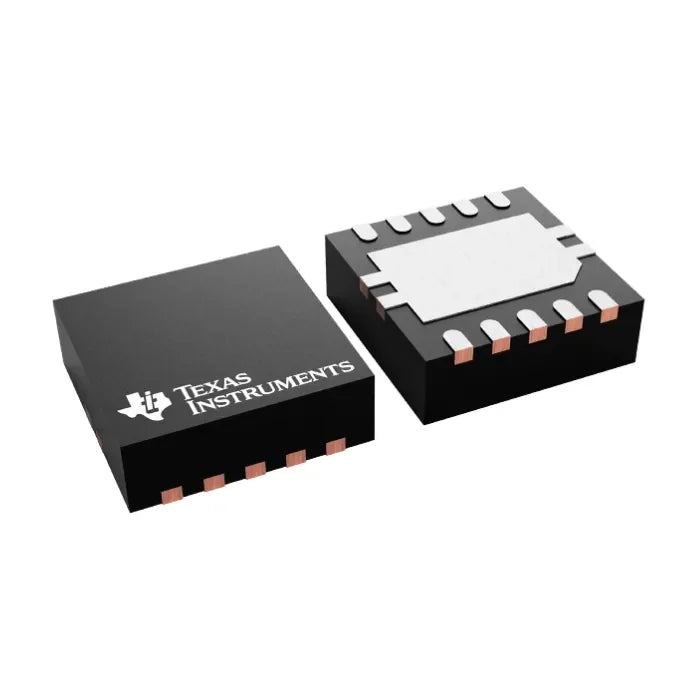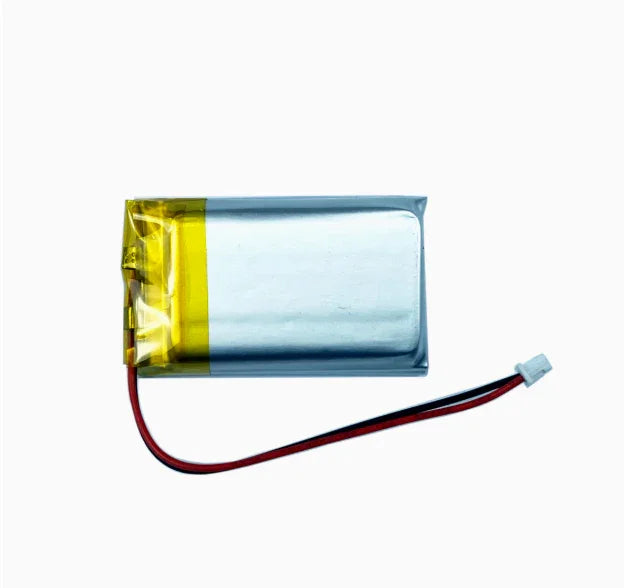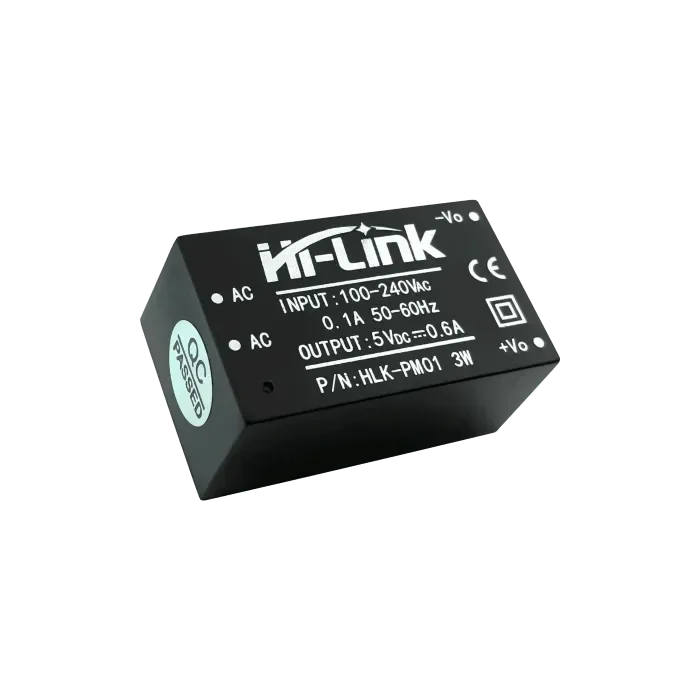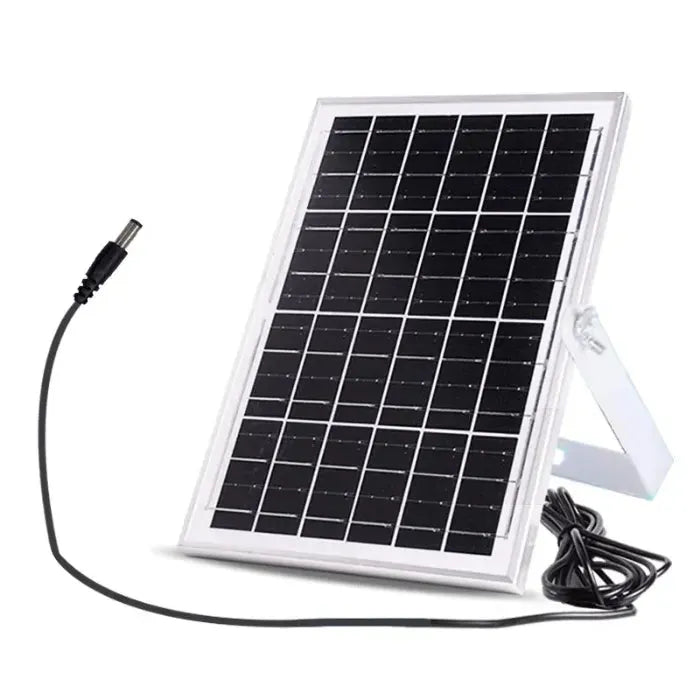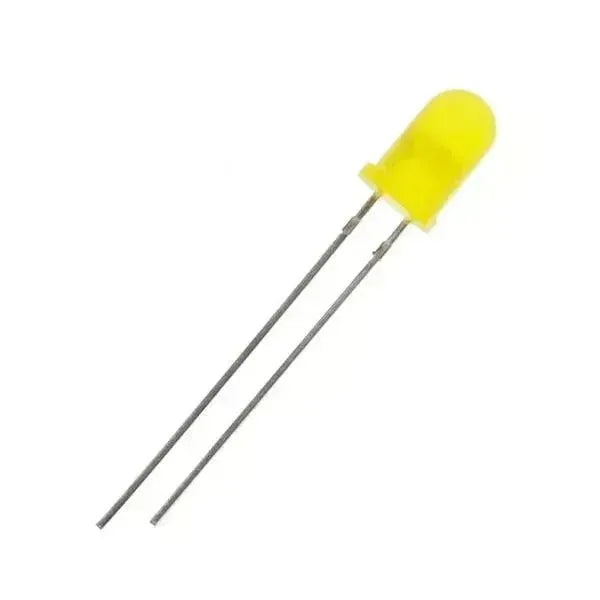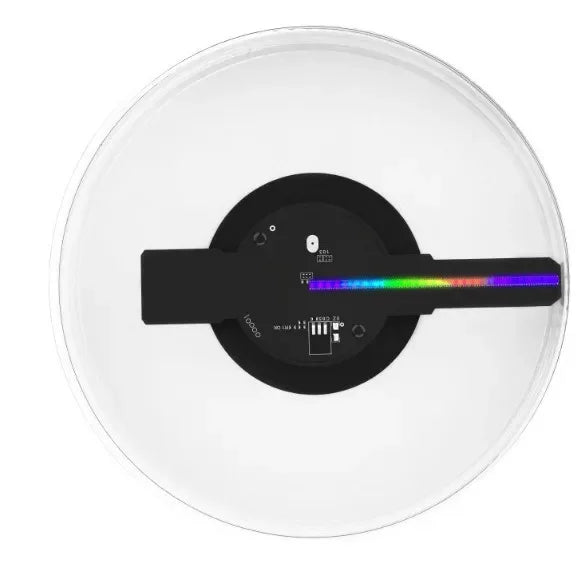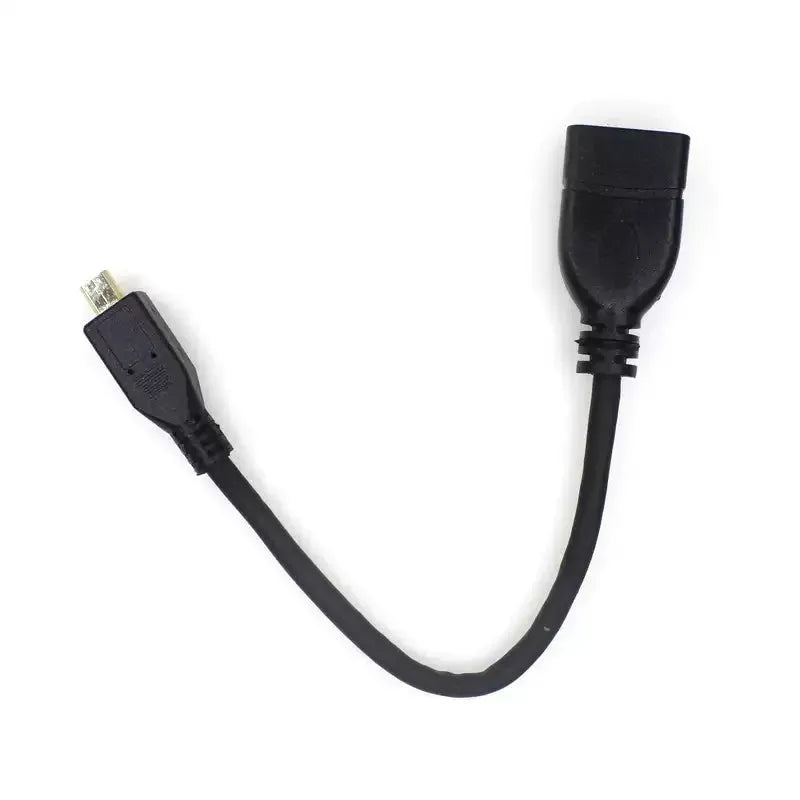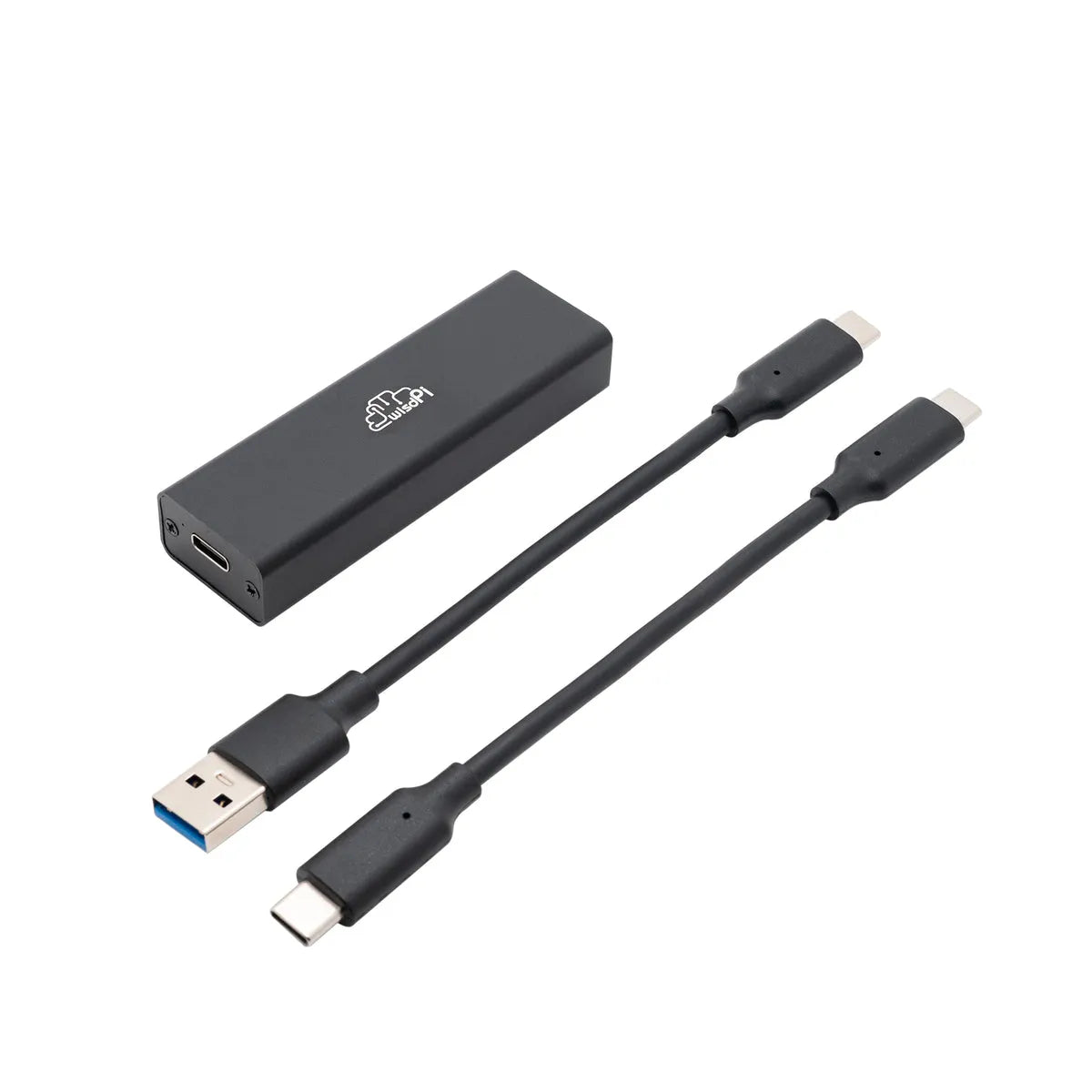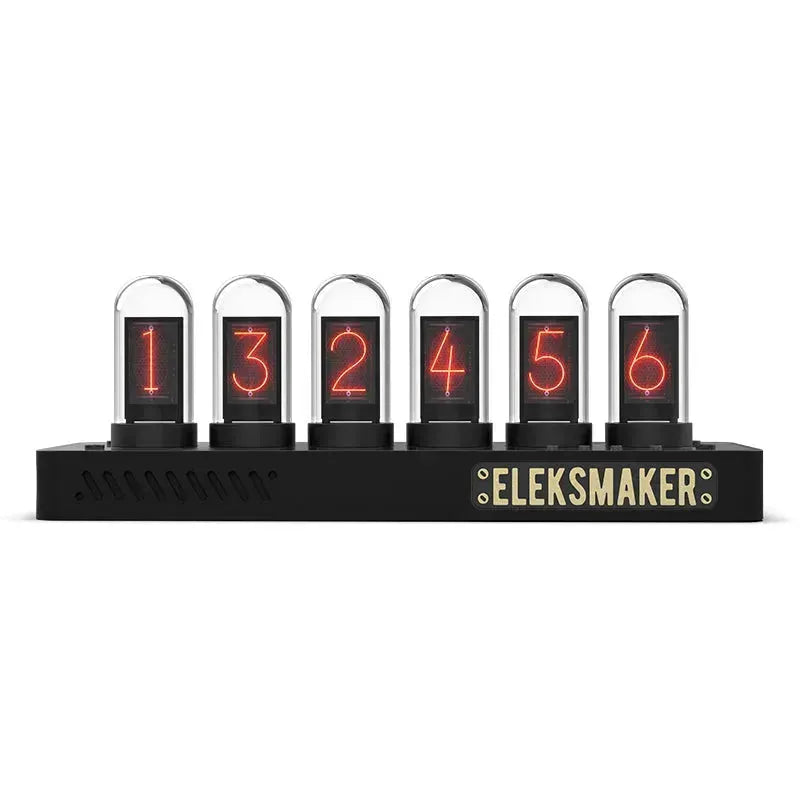Was macht die XIAO-Serie so besonders?
Im Bereich der Embedded-Systeme stehen Entwickler ständig vor einem Kompromiss zwischen physischer Größe, Rechenleistung und I/O-Fähigkeiten. Die Seeed Studio XIAO-Serie geht diese Herausforderung direkt mit ihrem hyperkompakten Formfaktor von 21 x 17,5 mm an. Der Name "XIAO" (小), was "klein" bedeutet, fasst die Designphilosophie perfekt zusammen: Während die Form so winzig wie ein Daumen ist, liegt das wahre Genie nicht nur in der Größe, sondern in der Leistung und Vielseitigkeit, die in diesem kleinen Rahmen steckt. Sie ist als kompakte, leistungsstarke und einheitliche Lösung konzipiert, die eine große Bandbreite an Projekten bewältigen kann.

Vielfältige Kerne in einem einheitlichen Paket
Der primäre technische Vorteil der XIAO-Serie ist ihr standardisierter Hardware-Footprint und Pinout kombiniert mit einer großen Vielfalt an Prozessorkernen. Dies ermöglicht eine nahtlose Hardware-Austauschbarkeit. Ein Projekt kann mit einem einfachen MCU prototypisiert und später auf einen drahtlosen oder KI-fähigen MCU aufgerüstet werden, ohne dass ein Redesign der Leiterplatte oder des Gehäuses erforderlich ist. Alle Boards teilen wichtige Merkmale wie eine USB-C-Schnittstelle für Stromversorgung und Programmierung sowie kastellierte Löcher für eine einfache Oberflächenmontage auf einer Hauptplatine.
Ein tiefer Einblick in die XIAO-Familie
Lassen Sie uns die wichtigsten technologischen Angebote der XIAO-Serie analysieren.
Die Grundlage: XIAO SAMD21 (ARM Cortex-M0+)
-
MCU: Microchip ATSAMD21G18, 32-Bit ARM Cortex-M0+ @ 48MHz
-
Speicher: 256KB Flash, 32KB SRAM
-
Hauptmerkmale: Native USB-Unterstützung, SERCOM (konfigurierbare serielle Schnittstellen).
-
Technischer Anwendungsfall: Der SAMD21 ist der ideale Einstiegspunkt, aber seine wahre Stärke liegt in der robusten nativen USB-Implementierung. Dadurch eignet er sich perfekt zur Erstellung komplexer Human Interface Devices (HIDs) wie benutzerdefinierte Tastaturen mit Makros, multifunktionale USB-Kompositgeräte oder sogar als USB-zu-Seriell-(UART, I2C, SPI)-Brücke. Seine 11 analogen Pins und 1 DAC (Digital-Analog-Wandler) machen ihn auch für analoge Signalverarbeitungsaufgaben geeignet.
Die Spezialisten für drahtlose Kommunikation
XIAO nRF52840 Sense (ARM Cortex-M4)
-
MCU: Nordic nRF52840, 32-Bit ARM Cortex-M4 mit FPU @ 64MHz
-
Konnektivität: Bluetooth 5.0 (BLE), NFC (Tag)
-
Onboard-Peripherie: PDM-Mikrofon, 6-Achsen-IMU (Inertial Measurement Unit)
-
Technischer Anwendungsfall: Dieses Board ist für energiesparende drahtlose Sensorik konzipiert. Der Cortex-M4-Kern mit einer Floating Point Unit (FPU) ist sehr effizient bei der Verarbeitung von Sensordaten. Es ist ein Komplettpaket zur Entwicklung batteriebetriebener Wearables, drahtloser Bewegungssteuerungen (z. B. für VR/AR) oder akustikbasierter Ereignisdetektoren (z. B. Glasbruchsensoren). Der integrierte Batterieladechip vereinfacht zudem die Integration in tragbare Geräte.
XIAO ESP32C3 (RISC-V)
-
MCU: ESP32-C3, 32-Bit RISC-V Single-Core @ 160MHz
-
Konnektivität: 2,4 GHz Wi-Fi 4 (802.11 b/g/n), Bluetooth 5.0 (BLE)
-
Technischer Anwendungsfall: Als kostengünstiger IoT-Knotenpunkt glänzt der ESP32C3. Seine RISC-V-Architektur ist modern und effizient. Er ist für Anwendungen konzipiert, die eine dauerhafte oder intermittierende Verbindung zu einem Wi-Fi-Netzwerk benötigen, um über Protokolle wie HTTP oder MQTT zu kommunizieren. Ideal für entfernte Umweltsensoren, Smart-Home-Geräte-Controller oder als drahtloser Co-Prozessor für eine leistungsstärkere Haupt-MCU.
XIAO ESP32C6 (RISC-V)
-
MCU: ESP32-C6, 32-bit RISC-V Single-Core @ 160MHz
-
Konnektivität: Wi-Fi 6 (802.11ax), Bluetooth 5.3, Zigbee, Thread
-
Technischer Anwendungsfall: Der ESP32C6 ist für die nächste Generation des IoT gebaut. Die Integration von Wi-Fi 6 bietet bessere Netzwerkeffizienz und Leistung in überfüllten 2,4-GHz-Umgebungen (eine Funktion namens TWT - Target Wake Time). Entscheidend ist das integrierte 802.15.4-Radio für Zigbee und Thread, das ihn für das Matter-Protokoll bereit macht. Dies ist die klare Wahl für die Entwicklung zukunftssicherer Smart-Home-Geräte, die Multi-Protokoll-Interoperabilität erfordern.

Das Hochleistungs-Kraftpaket: XIAO ESP32S3 (Xtensa LX7)
-
MCU: ESP32-S3, Dual-Core 32-bit Xtensa LX7 @ 240MHz
-
Speicher: 8MB PSRAM, 16MB Flash
-
Hauptmerkmale: Vektor-Instruktionen zur KI-Beschleunigung, Unterstützung für DVP-Kamera- und LCD-Schnittstellen.
-
Technischer Anwendungsfall: Der ESP32S3 ist der Schwergewichtler der Serie, entwickelt für Edge-AI- und HMI-(Human-Machine Interface)-Anwendungen. Der Dual-Core-240MHz-Prozessor, großzügiger PSRAM und spezialisierte Vektor-Instruktionen ermöglichen es, Machine-Learning-Modelle direkt auf dem Gerät (TinyML) auszuführen. Er kann Aufgaben wie Bilderkennung (mit externer Kamera), Spracherkennung und das Ansteuern kleiner grafischer Displays bewältigen und ist damit eine Komplettlösung für intelligente, interaktive Geräte.
Der PIO-Spezialist: XIAO RP2040 (ARM Cortex-M0+)
-
MCU: Raspberry Pi RP2040, Dual-Core ARM Cortex-M0+ @ 133MHz
-
Hauptmerkmal: Programmierbares I/O (PIO)-Subsystem.
-
Technischer Anwendungsfall: Während der Dual-Core-Prozessor hervorragend für parallele Verarbeitung ist, ist das herausragende Merkmal des RP2040 sein PIO. PIO besteht aus kleinen, programmierbaren Zustandsmaschinen, die konfiguriert werden können, um benutzerdefinierte Hardware-Schnittstellen zu erstellen. Dies ermöglicht Entwicklern, nicht standardisierte oder Hochgeschwindigkeitsprotokolle (wie DVI, VGA oder benutzerdefinierte serielle Formate) per Bit-Banging zu realisieren, ohne die Haupt-CPU-Kerne stark zu belasten. Es ist das ultimative Board für Projekte, die flexible und leistungsstarke digitale Ein-/Ausgänge erfordern.
Erweiterung des XIAO-Ökosystems: Seeed Studio Erweiterungsboards
Um die Fähigkeiten der XIAO-Familie weiter zu verbessern, bietet Seeed Studio eine Reihe von Erweiterungsboards an, die einen bequemen Zugang zu Funktionen ermöglichen, die sonst komplexe Verkabelung und externe Komponenten erfordern würden.
Der LED-Treiber: Seeed Studio LED Driver Board für XIAO
-
Zweck: Vereinfacht die Steuerung und Ansteuerung von LEDs, insbesondere RGB-LEDs, mit XIAO-Boards.
-
Hauptmerkmale: Mehrere LED-Ausgangskanäle, dedizierte Treiber-ICs, praktischer XIAO-Header, PWM-Steuerung.
-
Technischer Anwendungsfall: Dieses Erweiterungsboard vereinfacht Projekte mit LED-Anzeigen, Indikatoren und dekorativer Beleuchtung. Anstatt mit einzelnen Transistoren und Widerständen zu kämpfen, können Entwickler LEDs (einschließlich adressierbarer LEDs) direkt an das Board anschließen und sie über die digitalen Pins des XIAO mittels PWM (Pulsweitenmodulation) steuern. Es ist ideal, um dynamische Lichteffekte, Statusanzeigen oder kleine LED-Matrizen mit minimalem Aufwand zu erstellen. Denken Sie an intelligente Beleuchtung, tragbare LEDs oder visuelle Rückmeldesysteme.
Das Prototyping-Hub: Seeed Studio XIAO Expansion Board
-
Zweck: Bietet eine vielseitige Plattform zum Prototyping und zur Erweiterung der I/O-Fähigkeiten von XIAO-Boards.
-
Hauptmerkmale: Grove-Anschlüsse (für einfache Integration des Grove-Ökosystems von Seeed Studio), breadboard-kompatibles Layout, Stromversorgungsoptionen.
-
Technischer Anwendungsfall: Dieses Erweiterungsboard verwandelt Ihr XIAO in eine Miniatur-Entwicklungsplattform. Die Grove-Anschlüsse ermöglichen es Ihnen, eine Vielzahl von Sensoren, Aktoren und anderen Peripheriegeräten aus dem Grove-Ökosystem ohne Löten einfach anzuschließen. Das breadboard-kompatible Layout erlaubt schnelles Prototyping mit Durchsteckkomponenten. Der zusätzliche Stromversorgungseingang ermöglicht eine bequeme Stromversorgung für Ihr Projekt. Es ist perfekt für die schnelle Prototypenerstellung von IoT-Geräten, Sensorhubs oder jedem Projekt, das eine Vielzahl verbundener Komponenten erfordert.
Fazit: Eine strategische Wahl für moderne Ingenieurtechnik
Die Seeed Studio XIAO Serie definiert neu, was mit einem kompakten Entwicklungsboard möglich ist. Durch die Kombination eines winzigen, standardisierten Formfaktors mit einer vielfältigen Auswahl leistungsstarker Prozessorkerne und einem wachsenden Ökosystem von Erweiterungsboards bietet die XIAO-Familie eine unvergleichliche Mischung aus Größe, Leistung und Flexibilität. Ob Sie Wearables, IoT-Geräte oder komplexe eingebettete Systeme entwickeln, die XIAO-Serie ermöglicht es Entwicklern, ihre innovativen Ideen mit minimalem Platzbedarf und maximaler Wirkung zum Leben zu erwecken. Von der schnellen Prototypenerstellung bis zur nahtlosen Migration zwischen Prozessorkernen ist die XIAO-Serie eine überzeugende Wahl für Projekte jeder Größenordnung.

